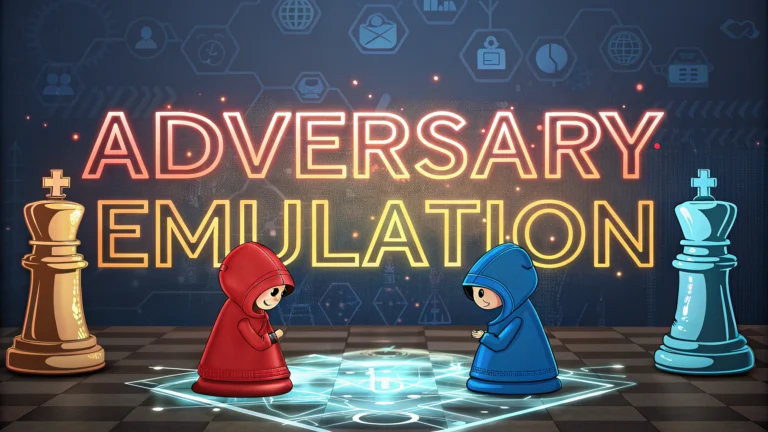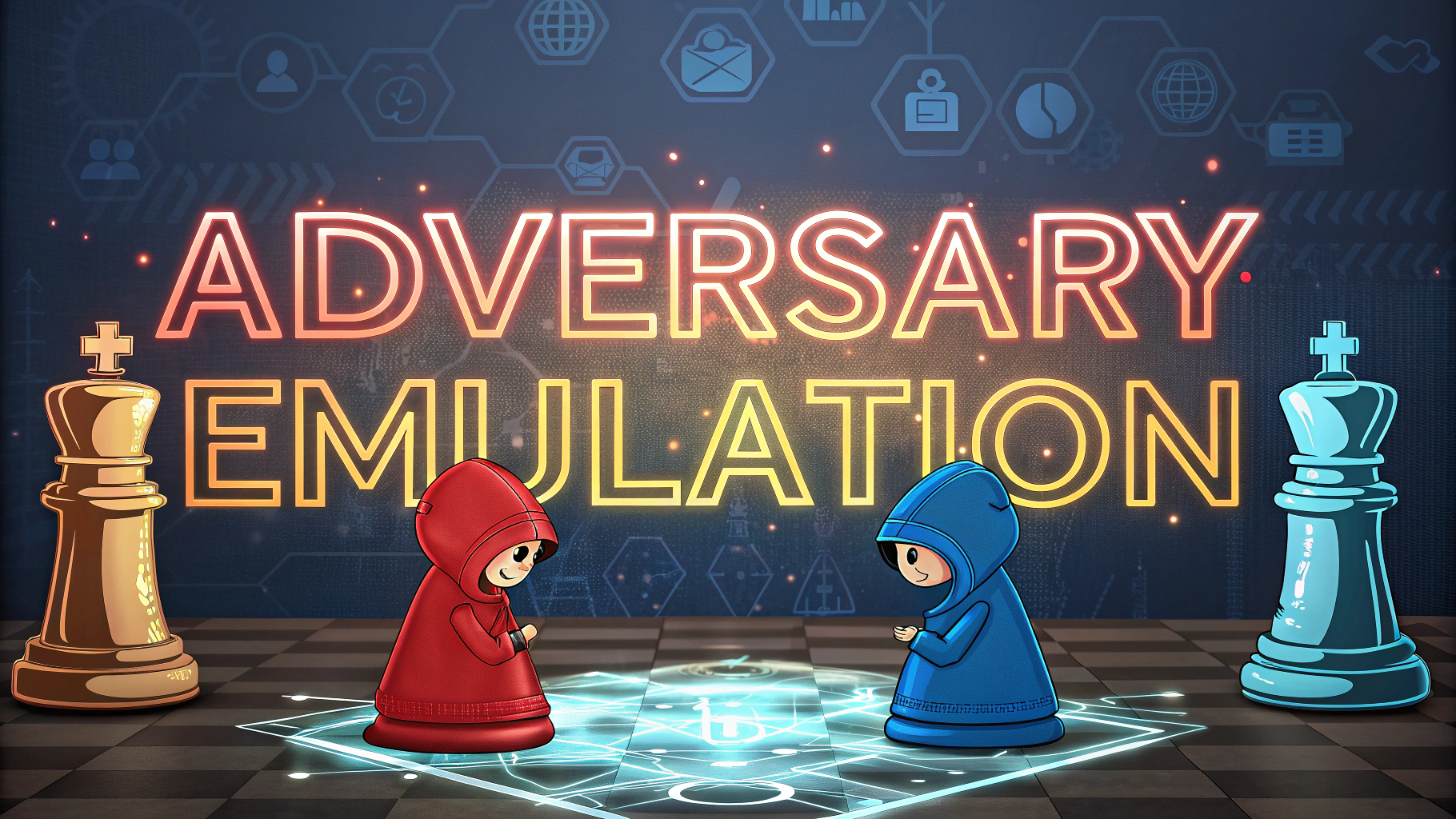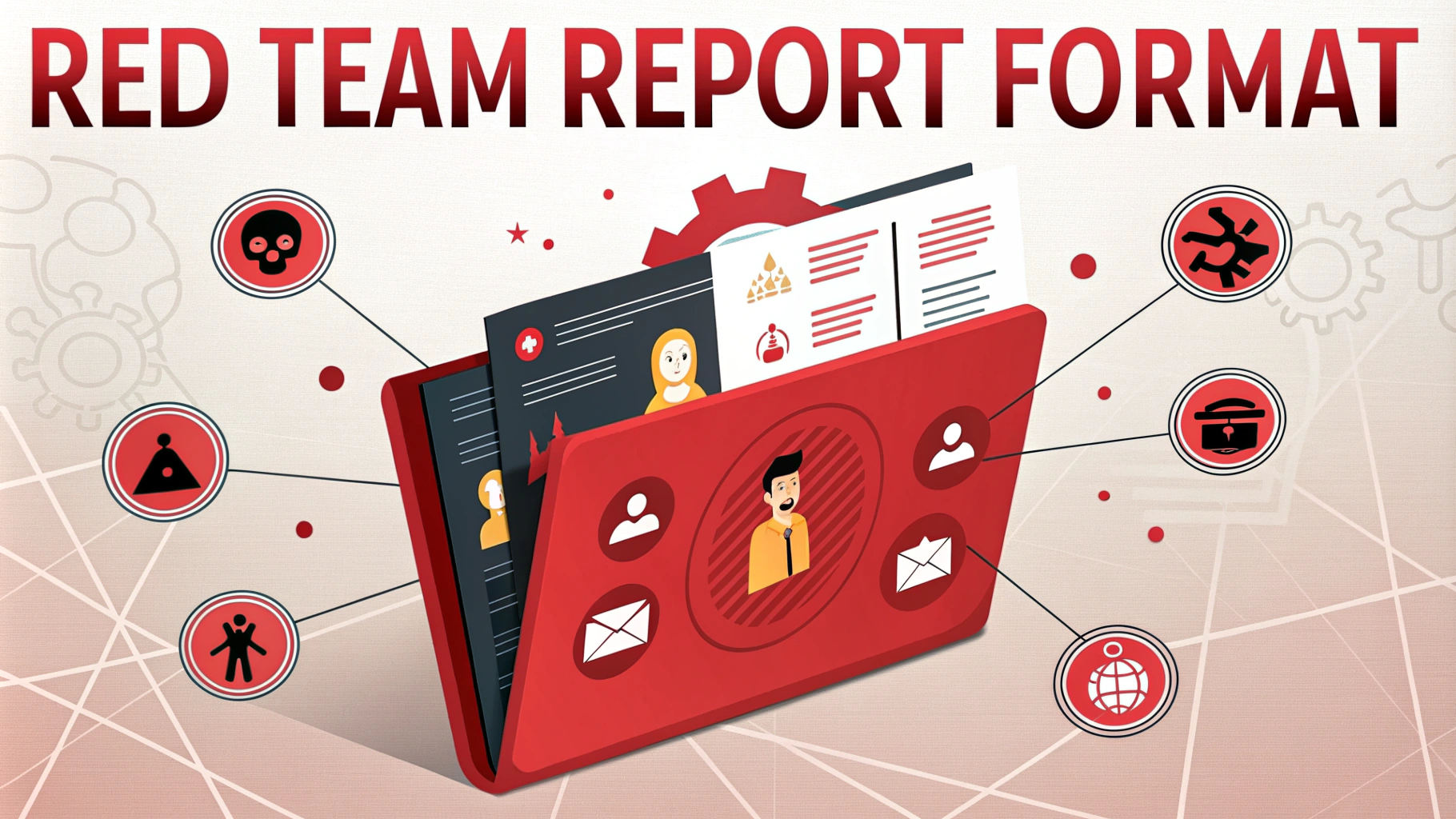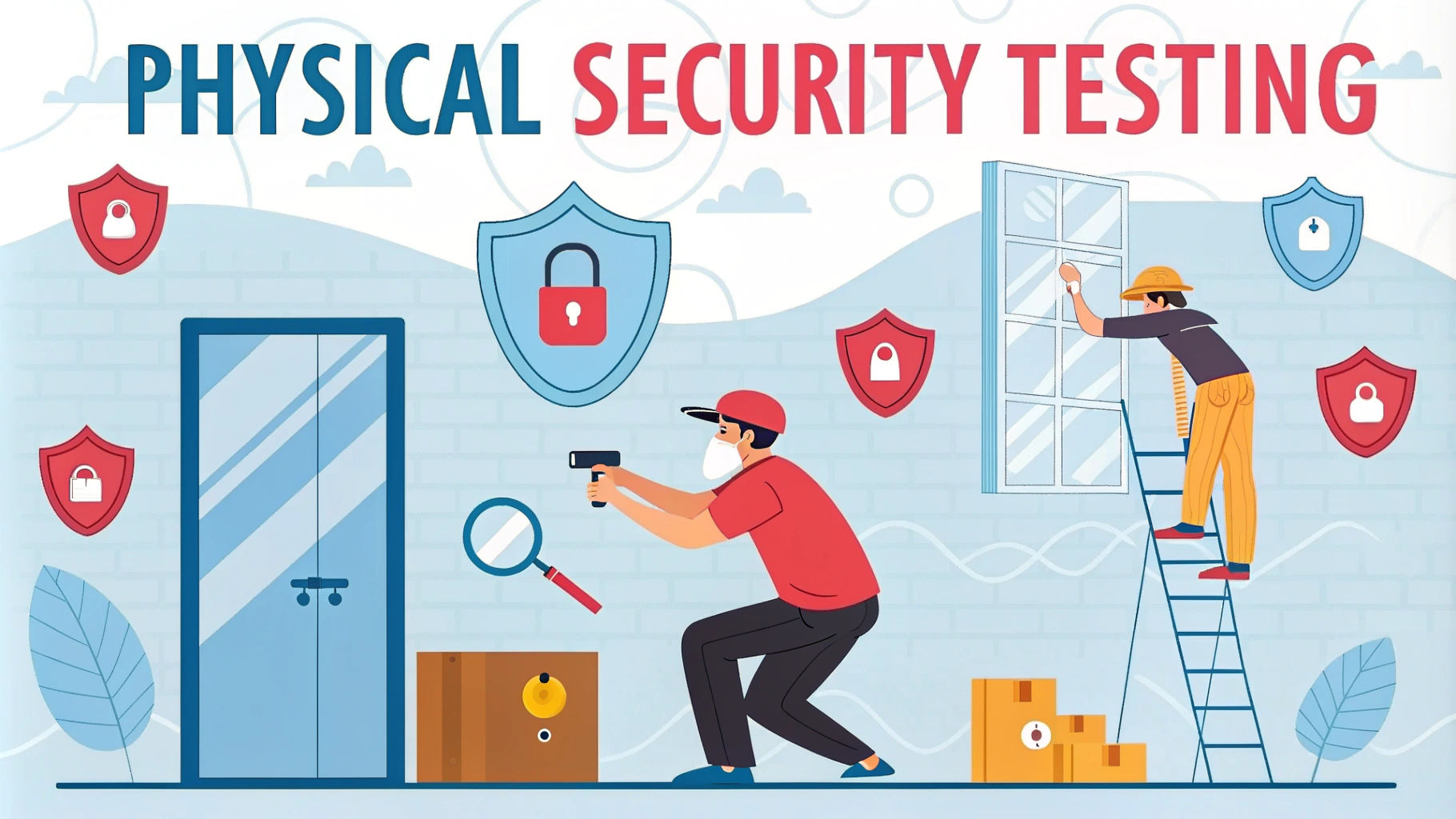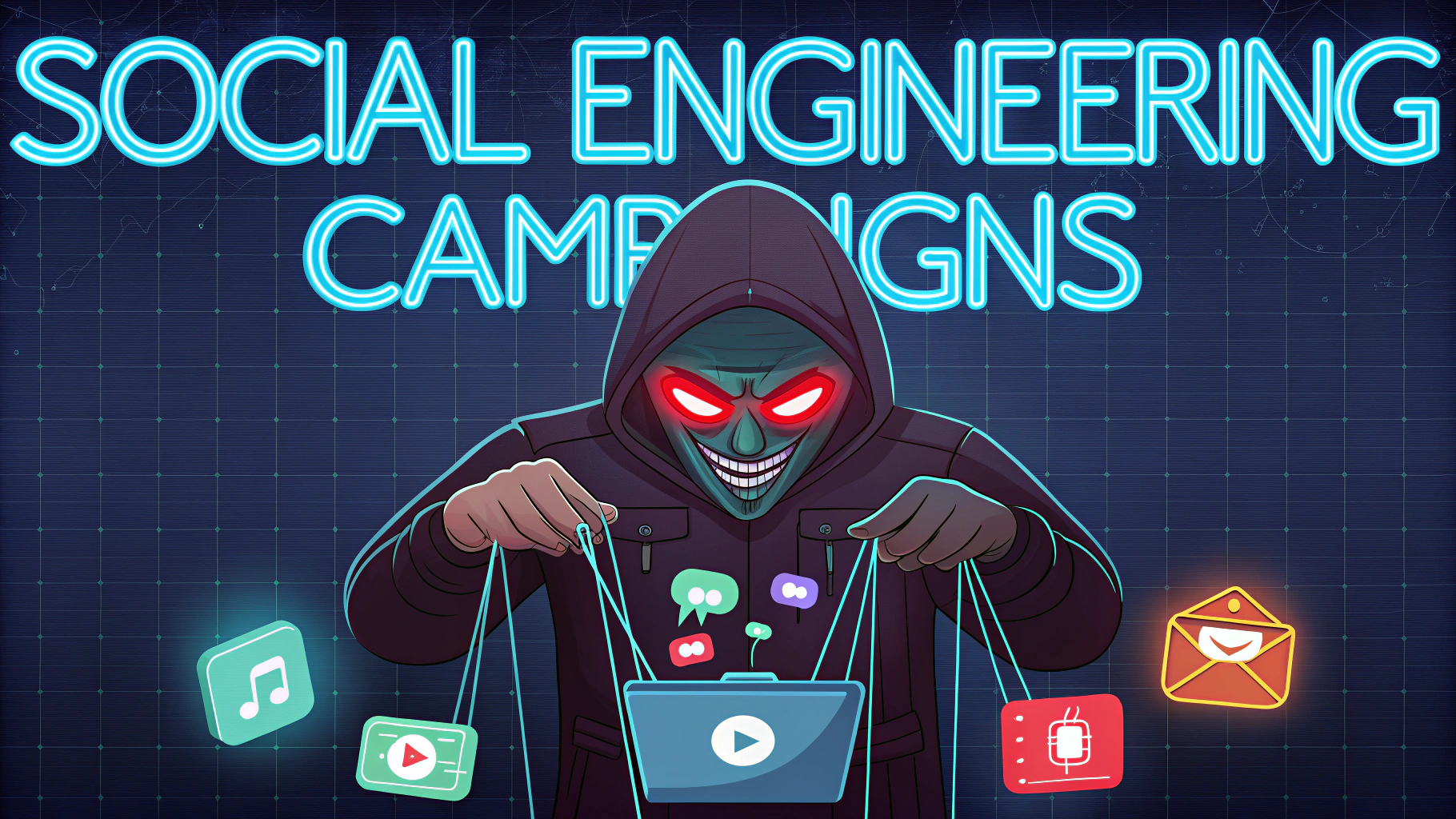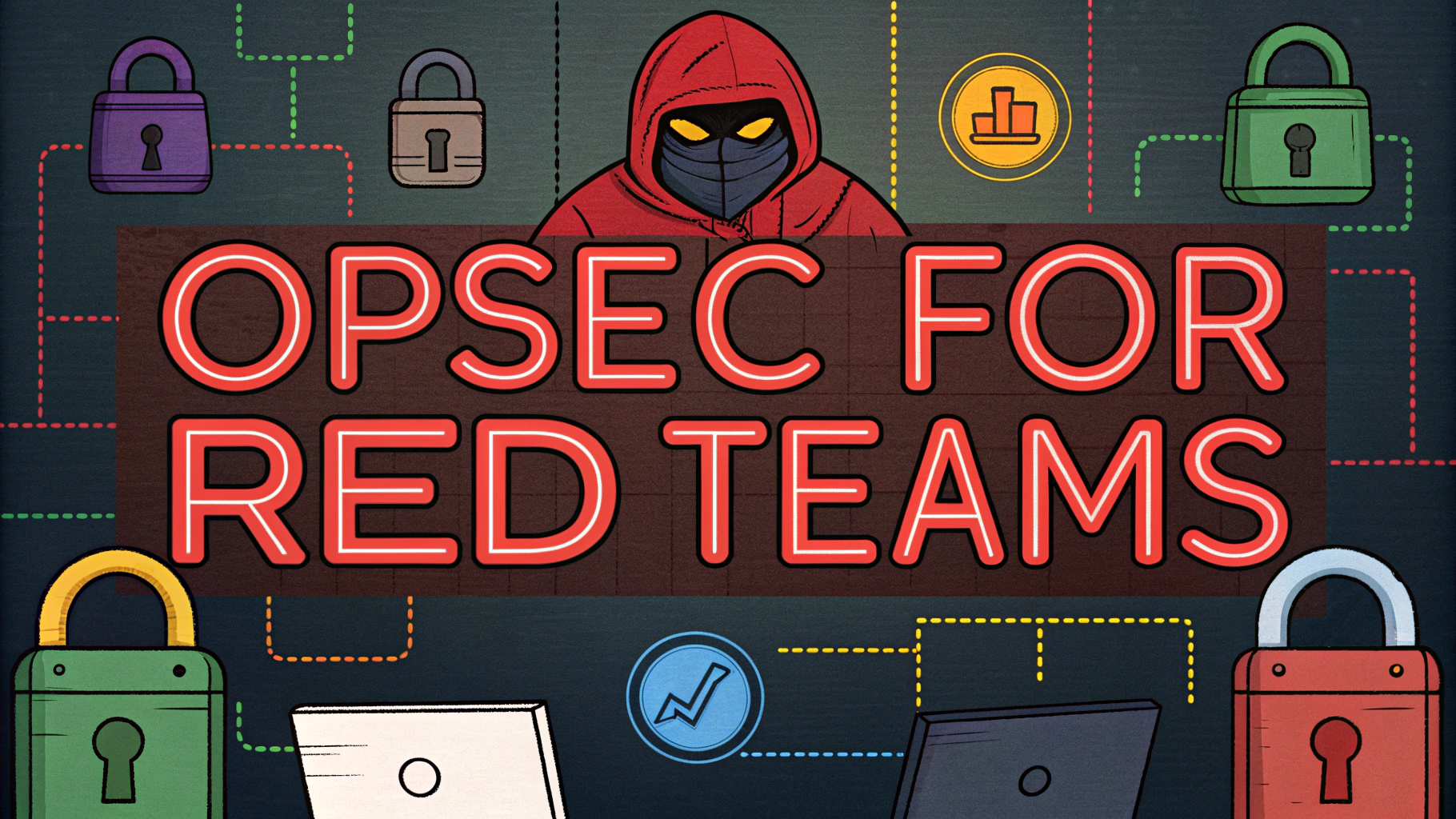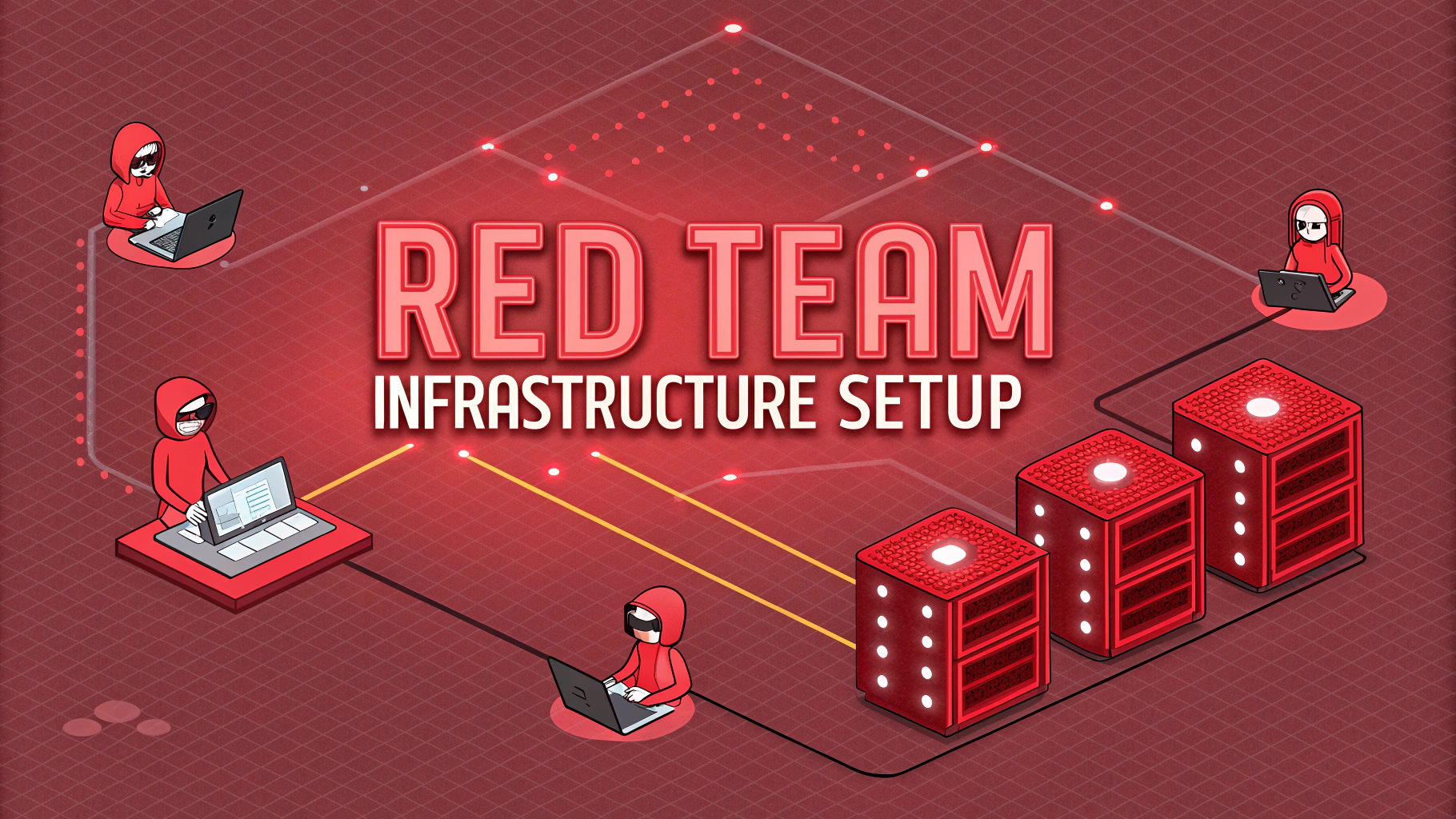Adversary emulation helps organizations understand and prepare for real cyber threats by simulating actual attack techniques and procedures.
Security teams use this methodical approach to test defenses by replicating known threat actor behaviors and tactics.
This guide explores key adversary emulation concepts, frameworks, and practical implementation steps to strengthen your security posture.
Understanding Adversary Emulation
Adversary emulation differs from standard penetration testing by focusing on mimicking specific threat actors rather than finding general vulnerabilities.
- Maps to real threat actor TTPs (Tactics, Techniques, and Procedures)
- Tests detection and response capabilities
- Validates security controls against specific threats
- Provides actionable defense recommendations
Key Frameworks and Resources
The MITRE ATT&CK framework serves as the foundation for most adversary emulation plans.
- MITRE ATT&CK: Knowledge base of adversary tactics and techniques
- CALDERA: Open-source automated adversary emulation system
- Red Canary Atomic Red Team: Library of tests mapped to ATT&CK
- SCYTHE: Threat emulation platform
Planning an Emulation Exercise
- Select target threat actor or profile
- Research known TTPs and tools
- Define scope and objectives
- Create emulation plan
- Prepare infrastructure
- Execute scenarios
- Document findings
Tools and Technologies
| Category | Tools |
|---|---|
| Command & Control | Cobalt Strike, Empire, Metasploit |
| Reconnaissance | Nmap, Shodan, Recon-ng |
| Exploitation | PowerSploit, Mimikatz, BeEF |
| Automation | Python, PowerShell, Bash |
Best Practices
- Obtain proper authorization before testing
- Document all activities and findings
- Maintain secure communications channels
- Have incident response plans ready
- Monitor system impacts during testing
Risk Management
Establish clear boundaries and safety measures before beginning emulation activities.
- Define “stop” conditions
- Create testing schedules
- Implement safeguards
- Monitor production impacts
- Maintain backup plans
Strengthening Your Security
Use emulation findings to enhance security controls and incident response procedures.
- Update detection rules
- Improve monitoring capabilities
- Enhance response playbooks
- Train security teams
- Regular reassessment
Contact FIRST or MITRE for additional guidance on adversary emulation programs.
Measuring Success
Evaluate the effectiveness of adversary emulation exercises through quantitative and qualitative metrics.
- Detection coverage percentage
- Response time measurements
- Control effectiveness ratings
- Team performance indicators
- Gap analysis results
Common Challenges
- Resource constraints
- Technical skill requirements
- Production environment risks
- Stakeholder buy-in
- Scope management
Advanced Emulation Techniques
Purple Team Integration
Combine red and blue team efforts for collaborative defense improvement.
- Real-time feedback loops
- Joint analysis sessions
- Defensive adaptation testing
- Skill transfer opportunities
Automation Development
Create repeatable emulation scenarios through automated frameworks.
- Custom script development
- Integration with existing tools
- Scenario templating
- Results standardization
Building Resilient Security Operations
Transform emulation insights into lasting security improvements.
- Establish continuous testing cycles
- Implement learned defense strategies
- Create threat-specific playbooks
- Develop team capabilities
- Maintain threat intelligence focus
Visit the MITRE ATT&CK website for updated threat actor profiles and techniques.
FAQs
- What is adversary emulation and how does it differ from regular penetration testing?
Adversary emulation is a specialized form of security testing that mimics real threat actors’ tactics, techniques, and procedures (TTPs) to evaluate an organization’s security posture. Unlike traditional penetration testing, it follows specific threat actor behaviors and attack patterns documented in frameworks like MITRE ATT&CK. - Which frameworks are commonly used for adversary emulation?
The primary frameworks used are MITRE ATT&CK, TIBER-EU, Red Team Manual, and Atomic Red Team. These frameworks provide structured approaches to emulate specific threat actors and their known behaviors. - What is the difference between red teaming and adversary emulation?
Red teaming is broader and may include various attack methods, while adversary emulation specifically recreates documented behaviors of known threat actors, following their exact TTPs, tools, and patterns of operation. - How long does a typical adversary emulation engagement last?
Adversary emulation engagements typically last 4-8 weeks, including planning, execution, and reporting phases. Complex scenarios involving multiple threat actors may extend beyond this timeframe. - What tools are commonly used in adversary emulation?
Common tools include Cobalt Strike, PowerSploit, Empire, Metasploit, and custom malware that mimics actual threat actor tools. Commercial and open-source command and control (C2) frameworks are also frequently utilized. - How is success measured in adversary emulation?
Success is measured by the ability to execute the threat actor’s TTPs, the depth of penetration achieved, and the organization’s detection and response capabilities against known threat behaviors. Documentation of findings and defensive gaps is crucial. - What preparations are needed before starting an adversary emulation?
Preparations include threat actor selection, documentation review, infrastructure setup, custom tool development, scope definition, and establishing rules of engagement. Organizations must also prepare their detection and response teams. - How does adversary emulation help improve security posture?
It helps organizations understand their resilience against specific threats, validates detection capabilities, tests response procedures, and identifies gaps in security controls specific to real-world attackers targeting their industry. - What are the key components of an adversary emulation report?
Reports include executed TTPs, success rates, detection points, prevention effectiveness, response timing, and specific recommendations mapped to the emulated threat actor’s techniques. - Can adversary emulation be automated?
While certain aspects can be automated using tools like Atomic Red Team or Caldera, full adversary emulation typically requires manual intervention to accurately replicate threat actor decision-making and adaptability.
